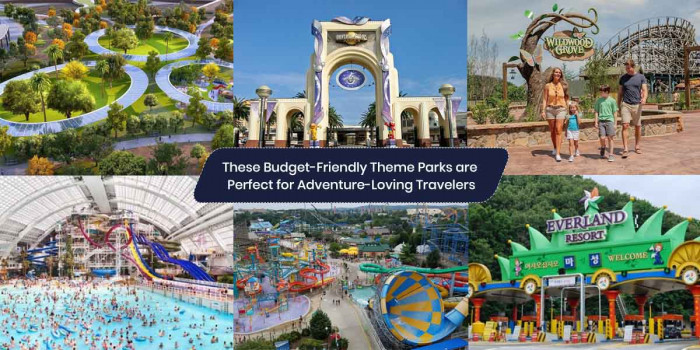Eiffel Tower: The “Iron Lady” of Paris You Should Visit At Least Once
Over 7 million tourists every year come to admire the infinite beauty of The Eiffel Tower and also stand on it to admire the panoramic view of the capital city. Hop in here to know all about this amazing destination of Paris!
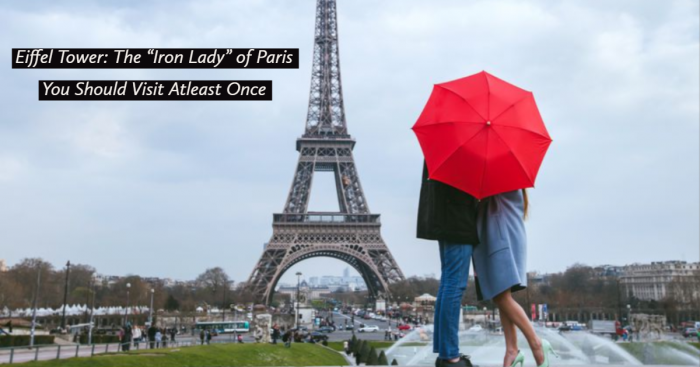
French capital's most beloved landmark the Eiffel Tower is known to almost all. And, not only known, but it is the dream of many to explore the destination. Yes, millions of travelers come to Paris to see the “Iron Lady.”
Standing very tall all over the city, it amazes and impresses everyone with its height, whenever one is at its feet. To build the tall iron structure, it took two years, two months and five days, which was further inaugurated on March 31st of 1889 for the 1889 World’s Fair.
This construction is pretty awesome that there is so much to learn about it. So let's begin by learning more about the building, including its history.
How High is the Iron Lady?
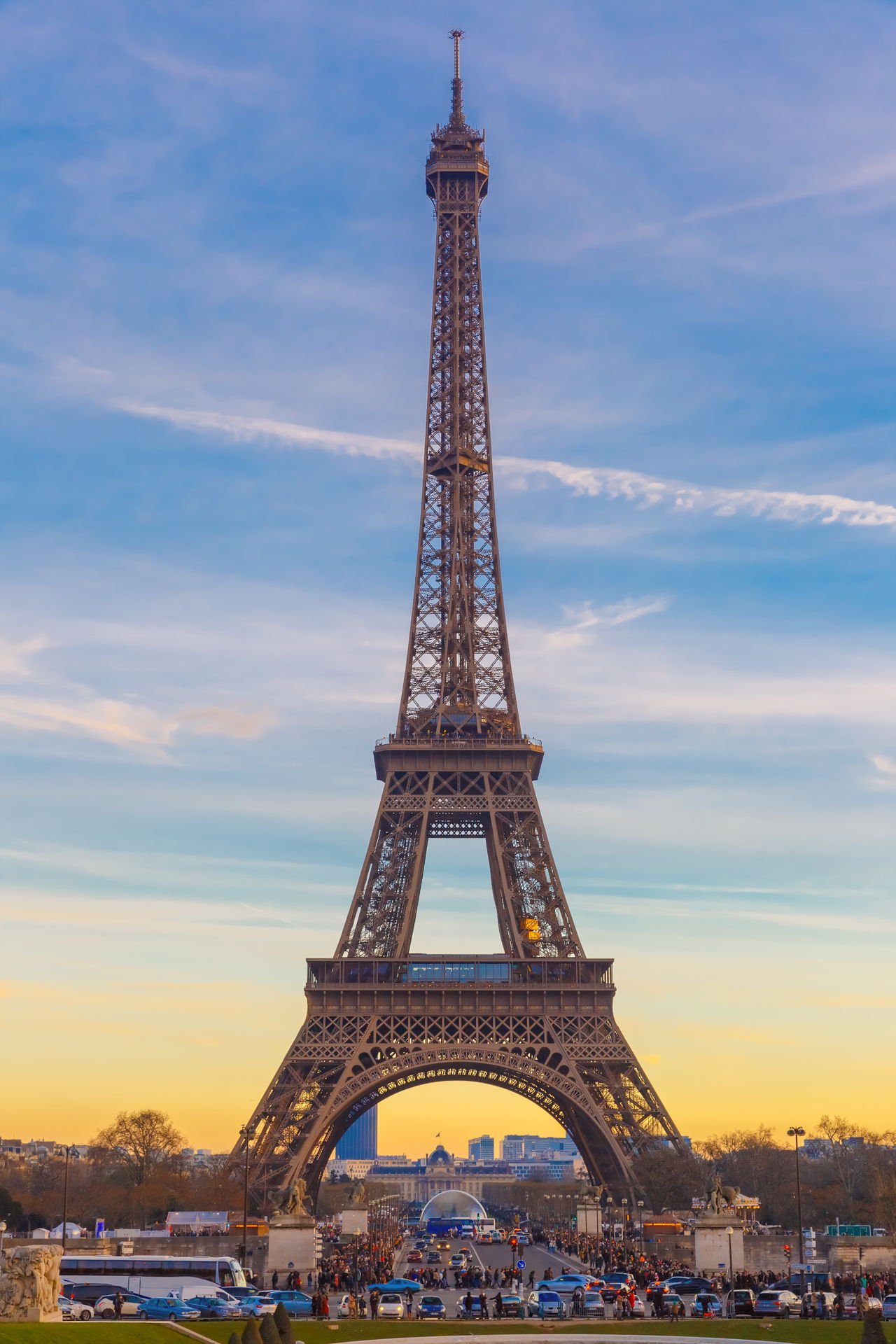
Well, the answer is 300 meters tall. Yes! Well, you have to be brave enough to stand at the structure as you need to climb the 1,665 steps. One can also prefer lift. Both the ways will offer you the awe-inspiring 360⁰ views across Paris’ cityscape.
By poet Jean Cocteau, the tower was described as “the beautiful lace giraffe” and is arranged over three accessible floors.
Construction of the Eiffel Tower
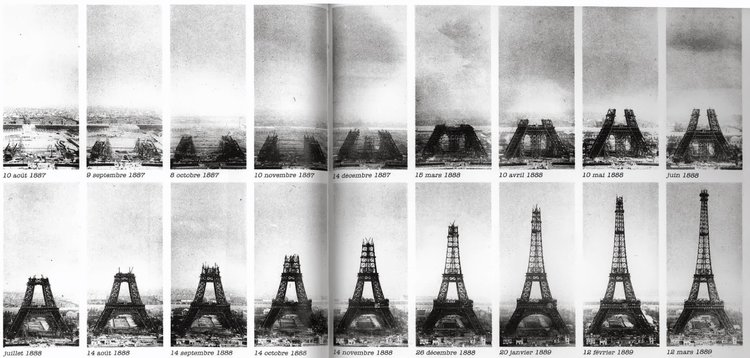
Nearly 18,000 pieces were used to build the tower, and each of that piece was calculated specifically for the project and prepared in Eiffel's factory on the outskirts of Paris. There are four immense arched legs available in wrought-iron structure, set on masonry piers that curve inward until joining in one unique, tapered tower.
Moreover, 2.5 million thermally assembled rivets and 7,300 tons of iron was used while building the tower. Workers painted every inch of the structure to protect the tower from the elements that required 60 tons of paint. Since the tower was built, it has been repainted a minimum of 18 times. Let’s have a look at a few numbers:
The Construction Schedule
- The entire construction work completed in 2 years, 2 months, and 5 days
- Only the first floor was constructed on 1 April 1888.
- Then the second floor was completed on the 14th August 1888.
- And with the top, the assembly was finished once and for all on the 31st March 1889.
A Few Figures
- 5,300 workshop designs
- 18,038 metallic parts
- 50 engineers and designers
- 7,300 tonnes of iron
- Between 150 and 300 workers on the construction site
- 150 workers in the Levallois-Perret factory
- 2,500,000 rivets
- Five lifts
- 60 tonnes of paint
History of the Eiffel Tower
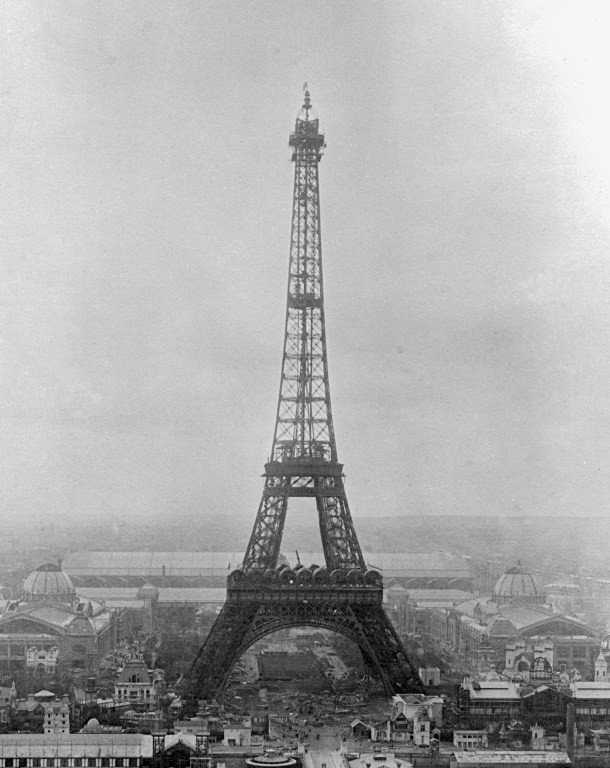
Alexandre-Gustave Eiffel, on the name of whom the tower is named, once expressed his envy of his masterpiece Eiffel Tower. Undoubtedly, the tower has a higher reputation than the architect himself and became one of the best places that one can’t miss to visit in Paris.
Eiffel was commissioned to build a giant irony tower on the Champ-de-Mars, as a commemoration of the 100th anniversary of the French Revolution, after standing out among more than 100 submissions for a monument.
However, not for some Parisians and artists who considered it an eyesore, the construction was a huge success at the Universal Exhibitions of 1889. This architectural wonder somehow was kept for its value as a radiotelegraph station since they thought that it was meant to be temporary for the exposition.
The Eiffel Tower Saved from Destruction by Radio
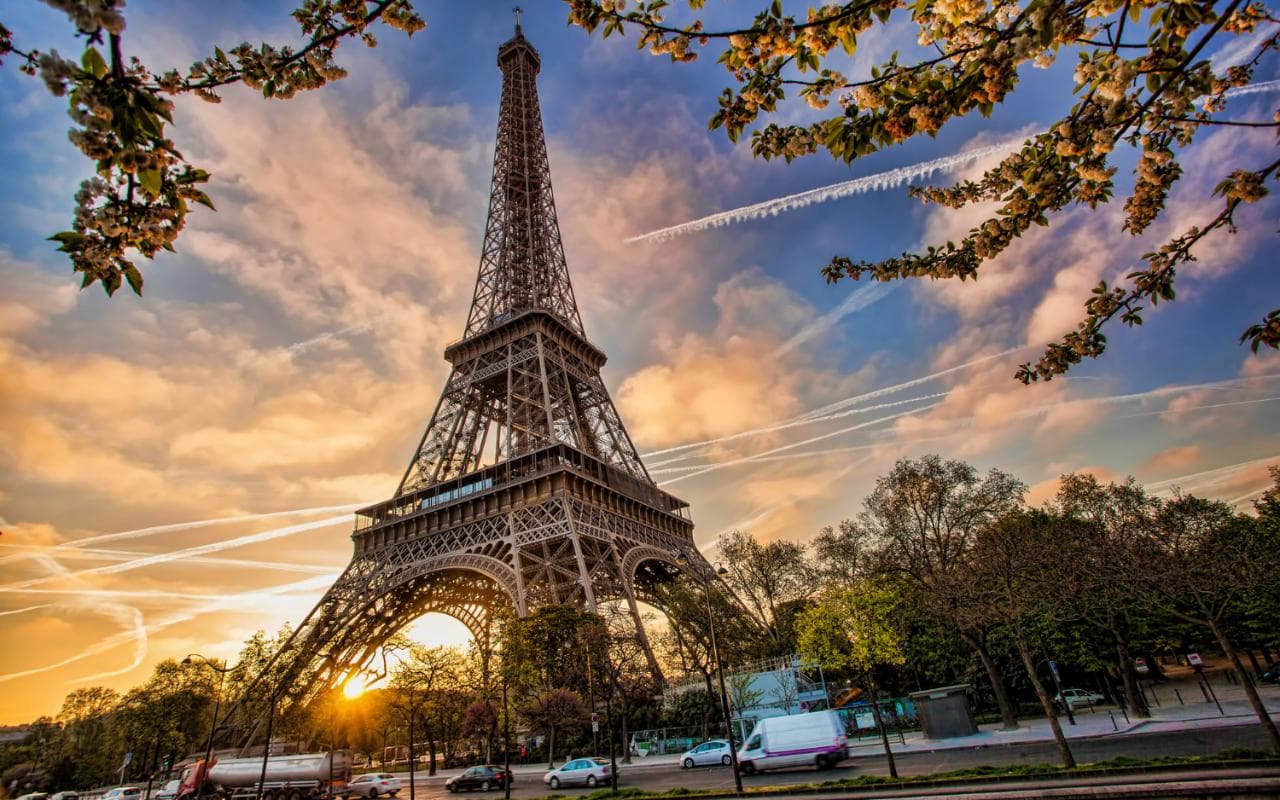
Gustave Eiffel was permitted to have the structure stand for 20 years to recoup his investment since Eiffel footed 80 percent of the tower’s construction costs. And then it was set that it will be passed into the hands of the government of Paris, which planned to disassemble it for scrap metal.
Later, Eiffel erected an antenna atop the tower and financed experiments with wireless telegraphy that began in 1898 seeking a way to prove the structure’s strategic utility in a bid to save it.
The Way Eiffel Tower has Been Preserved
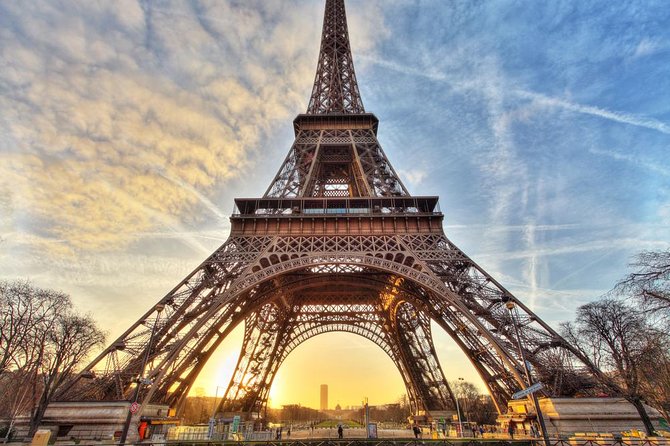
The world’s most visited paid-for monument despite being almost 200 years old hasn’t aged much. It underwent various makeovers between 1985 and 1990, which includes four new lifts – one for each pillar – and saw 1,343 tons of weight shed from the iron structure.
The first floor fully reopened with its impressive non-slip glass floor in 2014 after two years of renovation and a €30 million investment, adding a new angle from which to view the tower and its Paris surroundings.
Famous Landmark Has a Well-Known Nickname “Iron Lady”
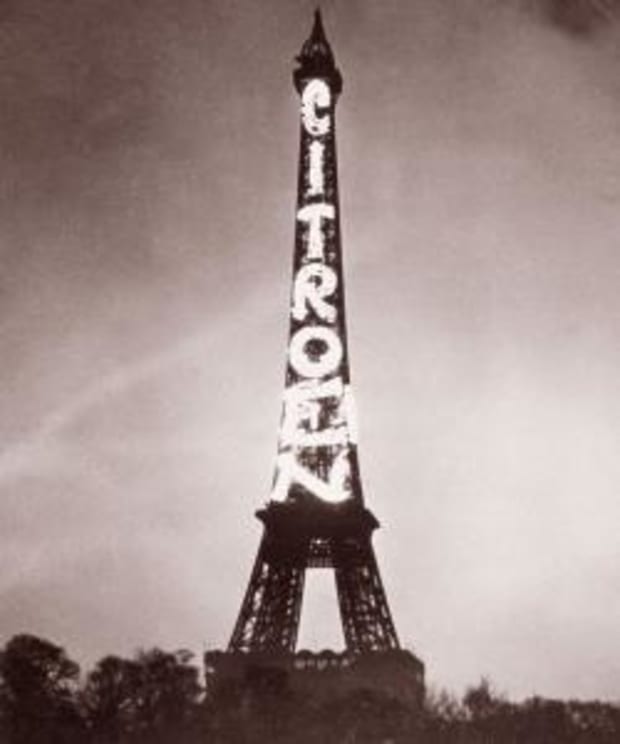
From 1925 to 1935, the tower was given the nickname The Iron Lady and is still called this today. The major reason behind it got this name is because it was used as a commercial billboard by a car company, Citroën. With the word Citroën spelled out vertically, these billboards featured the tower. And, it was the only company to use the icon as part of their advertising.
The Eiffel Tower Keeps up with Style Trends

We all know Paris is more popular for its fashion and style, so how can the Eiffel Tower stay back? Yes, it also keeps up with style trends. With the application of a spectrum of paint colors, the “Iron Lady” has changed her looks, over the decades.
Yes, the Eiffel Tower sported a reddish-brown color when it opened in 1889. Then it was coated in yellow paint a decade later. Before the adoption of the current, especially mixed “Eiffel Tower Brown” in 1968, the tower was also yellow-brown and chestnut brown.
And now, painters apply 60 tons of paint to the tower to keep her looking young every seven years. To augment the structure’s silhouette against the canvas of the Parisian sky, the tower is painted in three shades, progressively lighter with elevation.
Shops and Restaurants at the Eiffel Tower
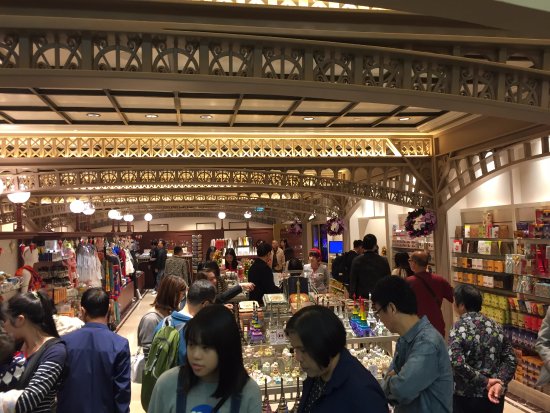
You might not believe, but yes the tower boasts shops, restaurants, and a top-floor champagne bar. You’ll come to the widest of the tower’s levels once you head up the first flight of stairs or up to the first floor in the lift. With an exhibition tracing the tower’s history and development over the years, the first floor is home to the 58 Restaurant, gift shops, and also boasts an impressive glass floor that covers the open section of the structure. Well, must say not any faint-hearted can stand here easily, you surely need a braveheart!
And, then on the second floor, you can have the most romantic date ever. Yes, the Jules Verne restaurant offers spectacular views of the city from the comfort of a chic, modern French establishment. Having started life under chef Alain Ducasse, it also has a Michelin star and now having newly reopened under Frédéric Anton and Thierry Marx. This is the spot for an evening you’ll never forget, named after the intrepid author of Around The World in 80 days – 125 meters up.
Just imagine yourself standing at the tower’s final stop that is the third floor, at 276 meters, and sipping champagne. Yes, you can do it at the top-floor champagne bar while admiring the view across Paris. Also, you can witness the city – and the tower itself – beautifully illuminated if you come up here at night.
And to add a touch of extra magic, the tower puts on a spectacular sparkle display for five minutes on the hour every hour.
A Hallmark of Modern Architecture
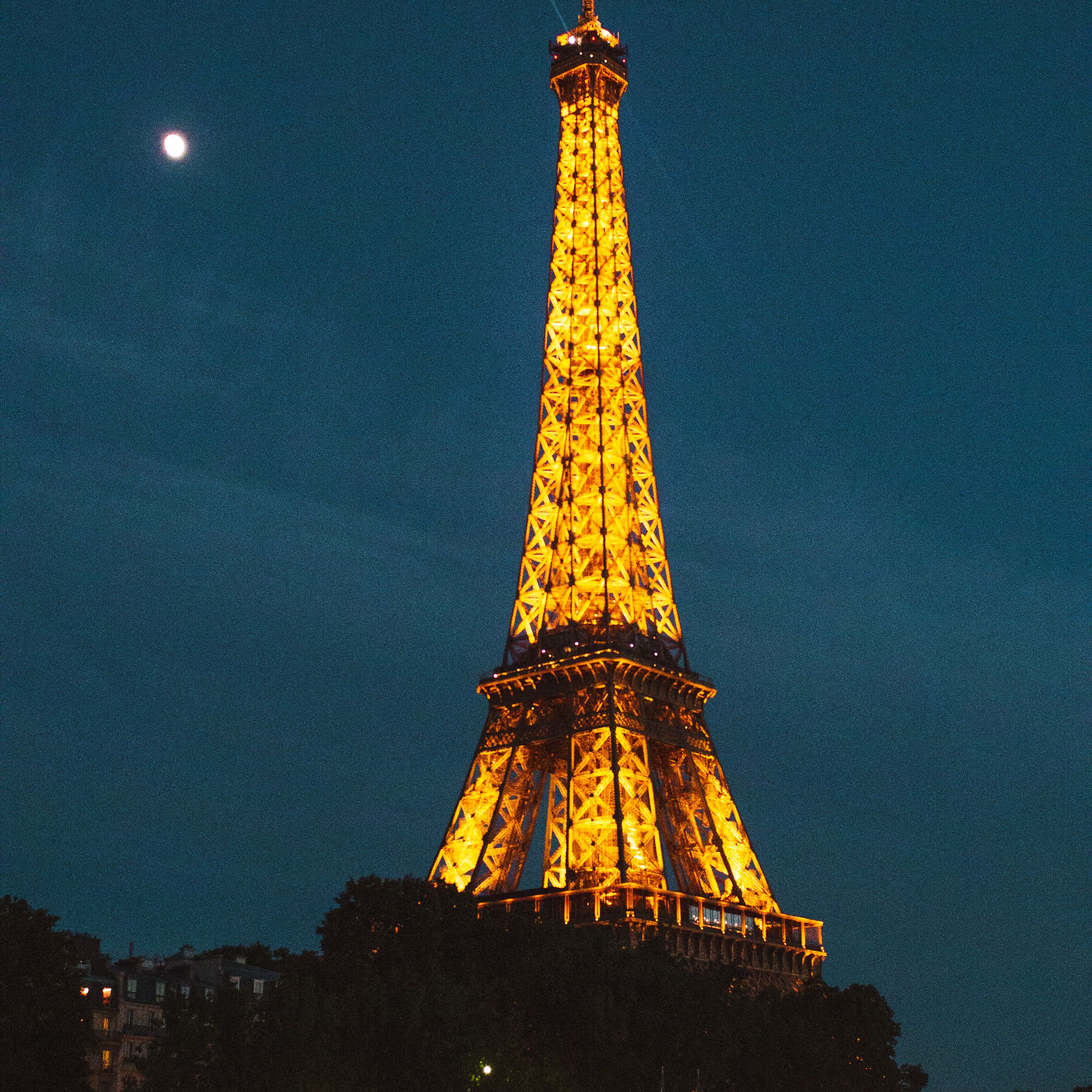
Distinct from the Neo-Gothic, Neo-Baroque and Neo-Renaissance styles that were popular in the 18th and 19th centuries, the Eiffel Tower is unquestionably modern in its shape. And, according to Gudek Snajdar, its material truly made it stand out.
Tea Gudek Snajdar, an Amsterdam-based art historian, museum docent, said,
"The Eiffel Tower was one of the first examples of modern architecture because of the iron.”
Gudek added,
"And the fact that the building didn't have any purpose in particular."
It was imbued with meaning but not utility and existed purely to demonstrate French architectural creativity and skill with materials to the world.
Moreover, according to Gudek Snajdar, the Eiffel Tower is also a more democratic, modern, structure than other monuments of the time. Gudek Snajdar said that Eiffel had insisted that elevators be included in the tower, but no French company could meet the quality standards, so they had to be imported from an American company.
She explained,
"Because of the escalators, the building could be used as a tower from which Parisians and their visitors could enjoy a view on their city. That was something that was before only accessible to a few wealthy people that could afford flying in a hot air balloon. But now, it was rather cheap and anyone could enjoy the view on a city from it.
That's why it's a great example of a modern architecture. It's democratic and not only available to a few of a wealthy people. But people of a different social background could use it and enjoy it."
Uses of the Eiffel Tower
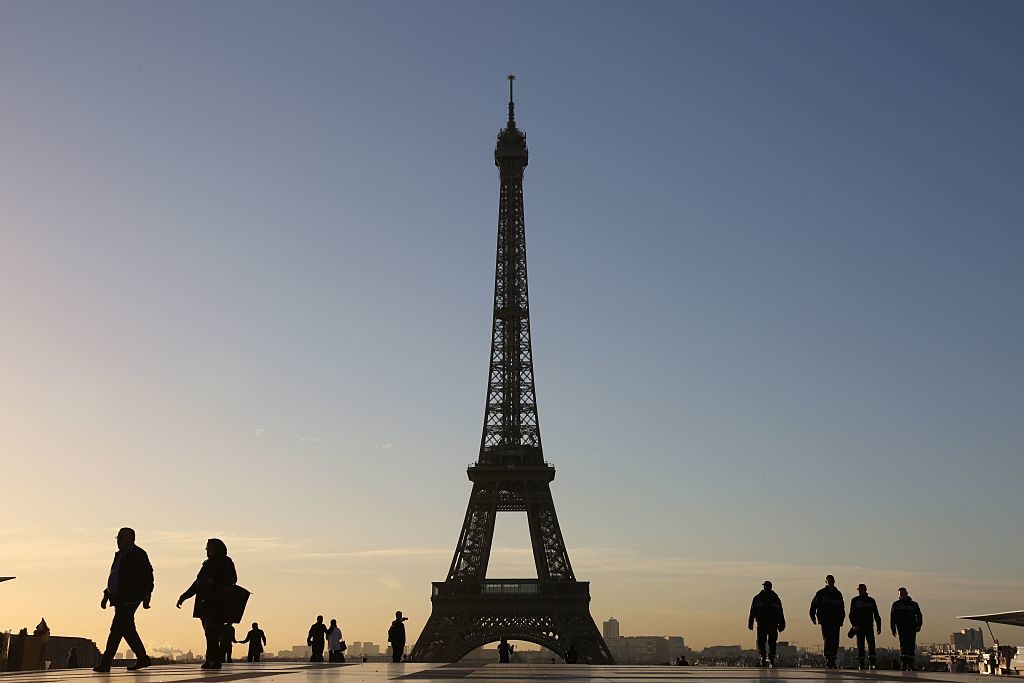
As mentioned above, the tower was intended as a temporary structure, i.e., it was about to be removed after 20 years. But people no longer wanted to see the tower go, as time passed.
Iva Polansky, a Calgary-based novelist & historian at Victorian Paris, said-
"After seeing the success of the tower during and after the World Exhibition, many of the former enemies of the project publicly apologized. By the time the Exhibition was over, most Parisians were proud of the structure.
Although there remained a few die-hards like the novelist Guy de Maupassant, who continued to loathe the sight of it."
Gustave Eiffel, set about making the tower an indispensable tool for the scientific community, was also not keen on seeing his favorite project dismantled.
And, Eiffel installed a meteorology laboratory on the third floor of the tower, just days after its opening. And, that’s not it, he also invited some scientists to use the lab for their studies on everything from gravity to electricity. However, not its laboratory, but it was the tower's looming height that saved it from extinction ultimately.
Further because of the structure's usefulness as a wireless telegraph transmitter, the city of Paris renewed Eiffel's concession for the tower in 1910. The major reason was the French military as they used the tower to intercept enemy messages during World War I or also communicate wirelessly with ships in the Atlantic Ocean.
Broadcasting both radio and television signals throughout the capital city and beyond, the tower is home to more than 120 antennas even now.
The Eiffel Tower Today
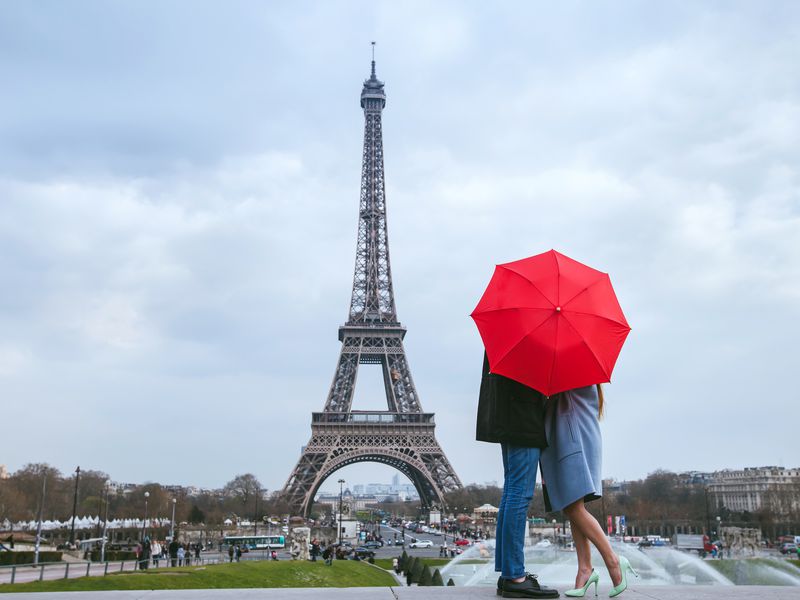
It can not be denied that The Eiffel Tower is still the centerpiece of Paris' cityscape. According to the attraction's official website, more than 7 million people visit this iconic tower every year. Besides that, 250 million people from around the world have to-date enjoyed all that the Eiffel Tower has to offer since the tower's 1889 opening.
And as we mentioned, it has a lot to offer in all its three platforms. Apart from being the home to restaurants, a banquet hall, several buffets, a champagne bar, and many unique gift shops, educational tours of the tower are also available for children as well as the tourist groups.
With visiting times varying by season, the tower is open to visitors 365 days a year. Like, the tower remains open until after midnight, from June to September. Also, the rates vary, but for access to the tower's three public lifts and 704 stairs visitors can expect to pay between $13 (10 euros) and $19 (14.5 euros) per person. Moreover, including group-discounted tickets, one can purchase tickets online or at the ticket office at the foot of the tower.
Fun Facts About The “Iron Lady”
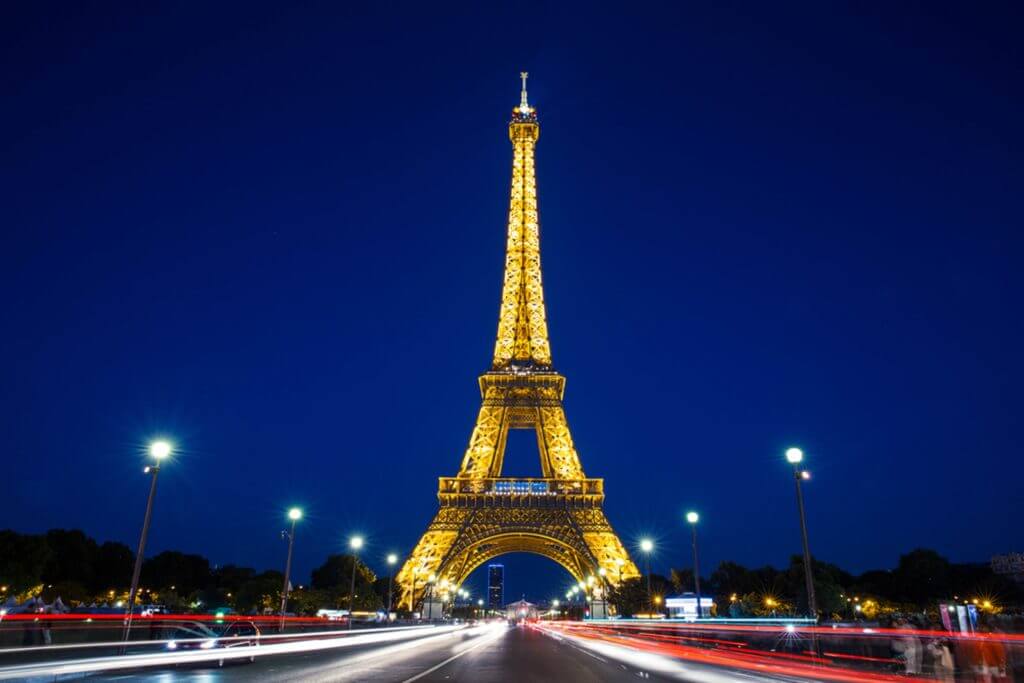
1. To demonstrate that the metal could be as strong as stone even while being lighter, Gustave Eiffel used latticed wrought iron to construct the tower.
2. Gustave Eiffel also designed the internal frame for another famous landmark and the renowned statue, the Statue of Liberty.
3. Construction of the Eiffel Tower in 1889 cost $1.5 million or 7,799,401.31 French gold francs.
4. Including the antenna at the top, the Eiffel Tower is 1,063 feet (324 meters) tall. However, it is just 984 feet (300 m) without the antenna.
5. Until 1930, when the Chrysler Building was built in New York, it was the world's tallest structure.
6. In French, the tower is known as La Dame de Fer, "The Iron Lady."
7. The Eiffel Tower has 5 billion lights on it, and it weighs 10,000 tons.
8. One elevator in the tower travels a total distance of 64,001 miles (103,000 kilometers) a year.
So, if reading the article makes you want to visit it, you must go and enjoy one of the most romantic destinations in the world with your loved ones. Have Fun!
Popular Posts
10 Amazing Cities Built Near or Through Rivers
Rivers have been crucial to human settlements, commercialization, and building cities. This opens opportunities for trading goods and establishing international connections.
Kimberly Campbell
20 Most Futuristic Cities In The World
What do you think about the future? Does it bring thrill in you or terrifies you? What’s your take on high speed trains, miles...
Swati Bhandari
Mystery Of Baigong Pipes - 1,50,000 Old Construction Reveals The Ancient Technology
Baigong pipes are a series of ancient pipes found in and near Mount Baigong located about 40-45 km southwest of the city of Deli...
Kevin Green








